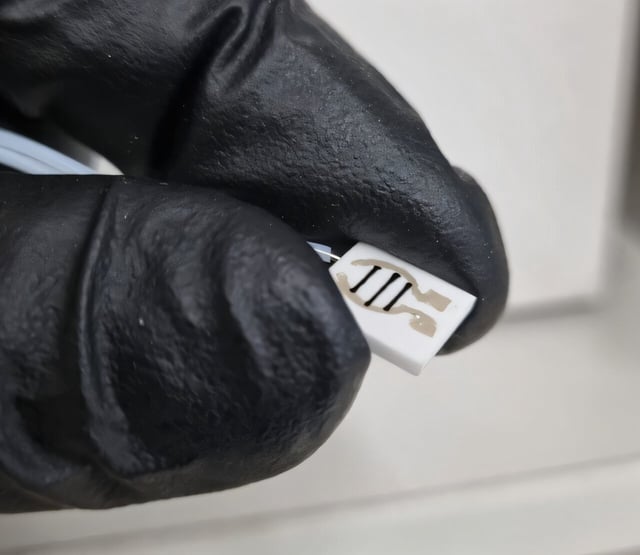Overview
- University of Adelaide researchers 3D-printed a conductive ink of graphene and a zirconium-based metal-organic framework onto ceramic to create the sensor.
- Laboratory trials showed the device reliably detected methanol down to 50 parts per billion in simulated breath conditions.
- A machine learning algorithm enhanced the sensor’s ability to distinguish methanol from ethanol in mixed vapor samples.
- The prototype still requires further work to resolve ethanol interference in humid exhaled breath before commercial deployment.
- Its low material cost and scalable fabrication could enable affordable methanol screening in regions with high poisoning risk.

